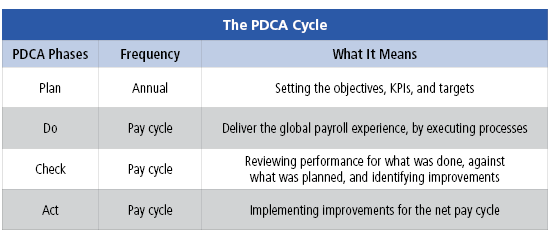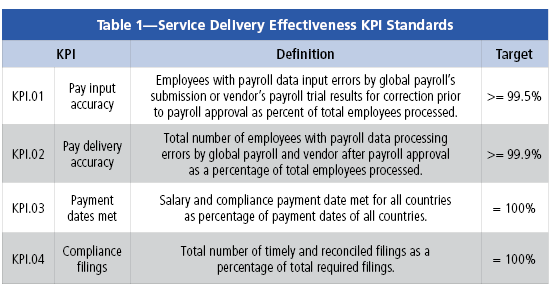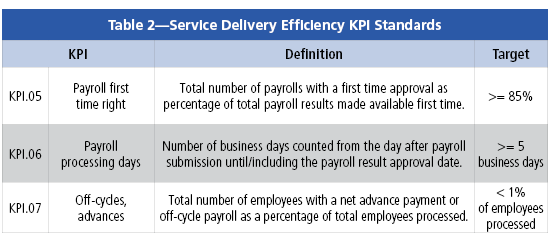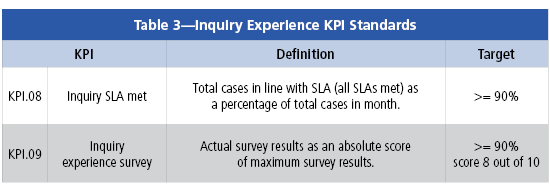Global payroll professionals around the world work tirelessly to get payroll out the door— every time, everywhere. We take great pride in our efficient and effective delivery. However, we often have a hard time showcasing this to others in a data driven manner. This includes showing stakeholders, executives, the workforce, and even our spouses or partners. One could argue if this even matters. We deliver from the back office, preferably when nobody is watching, and that’s it. Well, in 2023, that just won’t do the trick anymore. Let’s explore why and how to step into the spotlight.
What ‘Right’ Looks Like
Global payroll—much like domestic payroll—strives to deliver a payroll experience of the highest standards to its workforce. While critical, this now goes beyond one of the important moments that matter in the payroll experience: the accurate, timely, and compliant paycheck. This is a traditional, foundational part of the delivered experience, but it is not the only one.
Other moments that matter in payroll are the inquiry experience, meeting the needs of a changing workforce, which includes providing easy access to technology, data, and instant answers of the workforce, and partnering with the business by providing them with timely and actionable data.
Let’s use the Plan, Do, Check, and Act (PDCA) cycle that is easy to implement and ideal for the control and continuous improvement of processes such as global payroll (see the table).
The PDCA Cycle

KPI Categories Help Plan for Continuous Improvement
Planning for continuous improvement should be an annual exercise, mostly following the start of the organization's new financial year. While some organizations and functions set mid- to long-term objectives, it is more common for functions like global payroll to set these for the (relatively) short term: a 12-month period (i.e., a financial year).
When planning, it’s best to (loosely) link the objectives to the objectives of the overall hierarchical reporting line of global payroll, such as HR or finance, to ensure alignment. Typically in global payroll, objectives and subsequent key performance indicators (KPIs) are set in four categories:
- Service delivery effectiveness
- Service delivery efficiency
- Inquiry experience
- Business experience
This objective setting really is a global payroll leader’s responsibility in partnership with their team and external and internal stakeholders to ensure buy in.
The KPIs are considered the industry standard and the targets can be made company- specific and tailored to the specific maturity of the global payroll function or ambition.
Service delivery effectiveness in Table 1 looks at the objective of delivering accurate, timely, and compliant pay—the traditional and foundational part of the delivered experience.
Table 1—Service Delivery Effectiveness KPI Standards

Service delivery efficiency looks at the objective of operating a standardized process in condensed timelines (see Table 2).
Table 2—Service Delivery Efficiency KPI Standards

Some organizations also include a benchmark around cost-to-process payroll per paycheck. Arguably, this can be done in theory. However, in practice, benchmarking has proven very complex and rarely hits the mark. In the service delivery experience, engagement with the payroll vendor(s) is of crucial importance because they drive service level agreements (SLAs) with clear calendars and processing timelines and are aligned with the same targets. Make your vendor(s) part of the KPIs. In essence, they are extended team members.
Inquiry experience looks at the objective to respond and close inquiries in time, with a sense of urgency, care, and with a communication tone aligned to the company culture (see Table 3).
Table 3—Inquiry Experience KPI Standards

These KPIs surrounding the inquiry experience have been around for many years. It is the makeup of these KPIs that can make it especially relevant for the current day and age. For instance, the inquiry SLAs can be matched against what the organization promises its customers. The survey results may include specific questions related to speed (in our “instant” online environment), communication, tone, and access to information.
The business experience KPI looks at the objective of enabling the business to make data-driven decisions by using payroll data (see Table 4). Crucial to this objective is engaging with the business, and the “business” can differ depending on your organization. Understand what data they need to make informed decisions and deliver those results. Once this is agreed, the KPI is fairly simple yet crucial to measure.
Table 4—Business Experience KPI Industry Standards

Within the global payroll teams, it’s of crucial importance to ensure engagement and an open, transparent culture to explain the “why” of the KPIs—to track performance and improve and deliver the desired experience. This should not be used to blame and shame performance, but rather create a sense of global ownership and a one-team, one-goal mentality.
Do and Improve
Now that all the objectives are set, it’s time to do the doing each pay cycle. Naturally, this is the core part of global payroll. To meet KPIs, the overall global payroll management pillars should be in place, documented, socialized into a strategy, governance model, operating model, and operations. You are encouraged to read the white paper made available by GPMI called "Global Payroll Management Demystified." It’s important that an environment is created where processes, technology, people, and sourcing are in—or near—perfect balance and harmony. This will ensure that meeting objectives and KPIs is feasible and measurable.
Check, Act for Continuous Improvement
Once the pay cycle is completed, it is time to gather all the data, metrics, and volumetrics required to calculate the KPIs as explained in the definitions in the planning phase. There are solutions to track these results or even automate them. Let’s face it, these are rarely made available to the global payroll professionals on the ground. Do not let this stop you.
First, ensure you have access to data from your payroll vendors. For the rest, the data is within your remit—from submitting payroll to approving payroll to delivering results. This can all be tracked in an easy-to-use spreadsheet and maintained to track current and historical performance (such as month-to-month, year-over-year), and calculate KPIs. After that, it can be visualized in a performance dashboard to aid the conversation.
Plan a fixed, recurring moment in the calendar with the team and important stakeholders to discuss performance—and possibly with your global payroll vendors, too. Discuss the trends, what went well and what did not go so well, and tangible areas for improvement underpinned by data. This should and will spark cross-region, cross-country, and overall synergies to adopt best practices within the team.
When these important dashboard discussions happen after each cycle (or at least monthly), progress can be tracked and hopefully made visible in better performances month over month. Ensure to store all the data, dashboard, and other improvement plans for when an internal and/or external audit comes into play. As this type of performance management displays the maturity of the function, it can become a critical input into audits.
So, What’s Next?
In most cases, the next pay cycle and report requests are what is next. It is easy to get distracted in global payroll during all the cyclic events, reconciliations, tickets, and reviewing of data, so take time to plan, do, check, and act (PDCA) on performance—and showcase it. Get that visibility to others on the great work that is done to deliver the payroll experience and continuously improve at the same time.